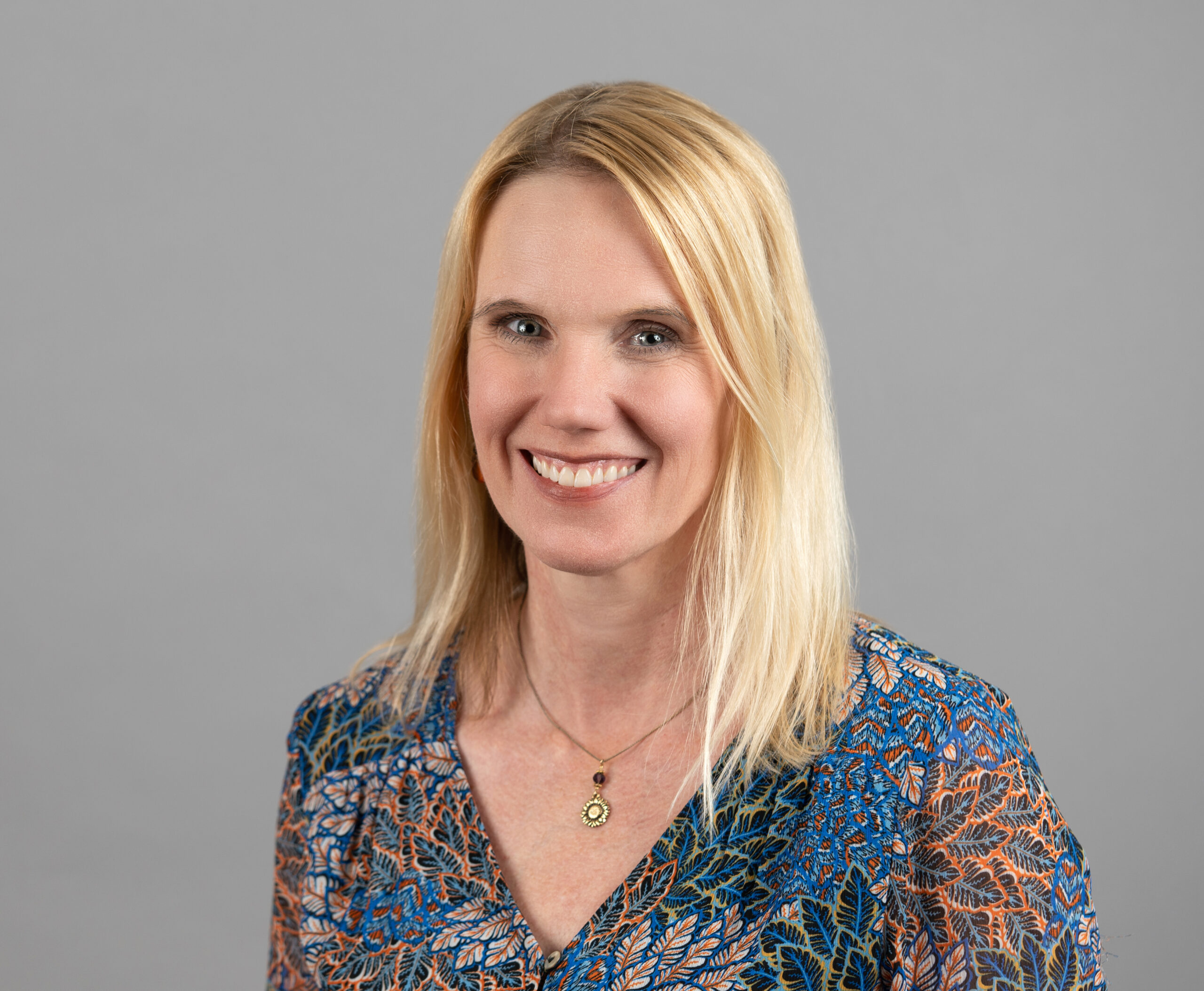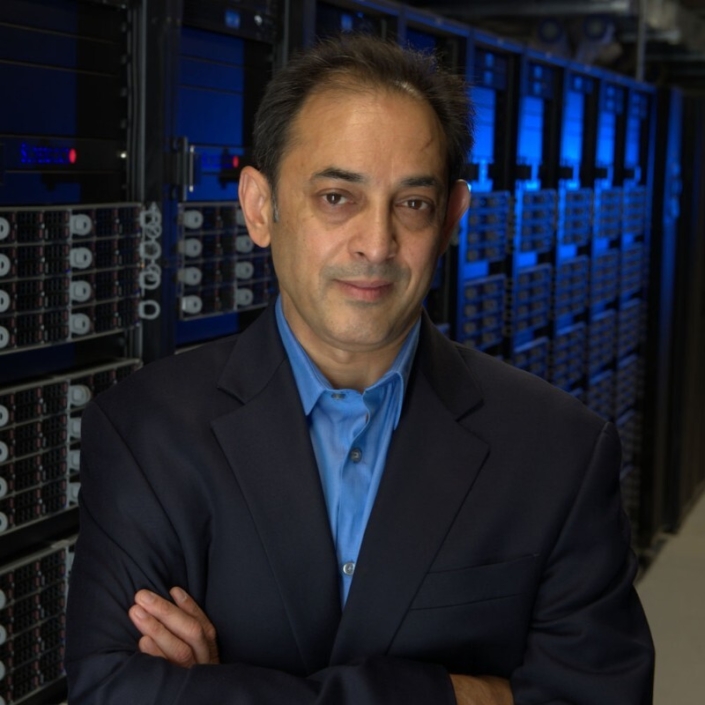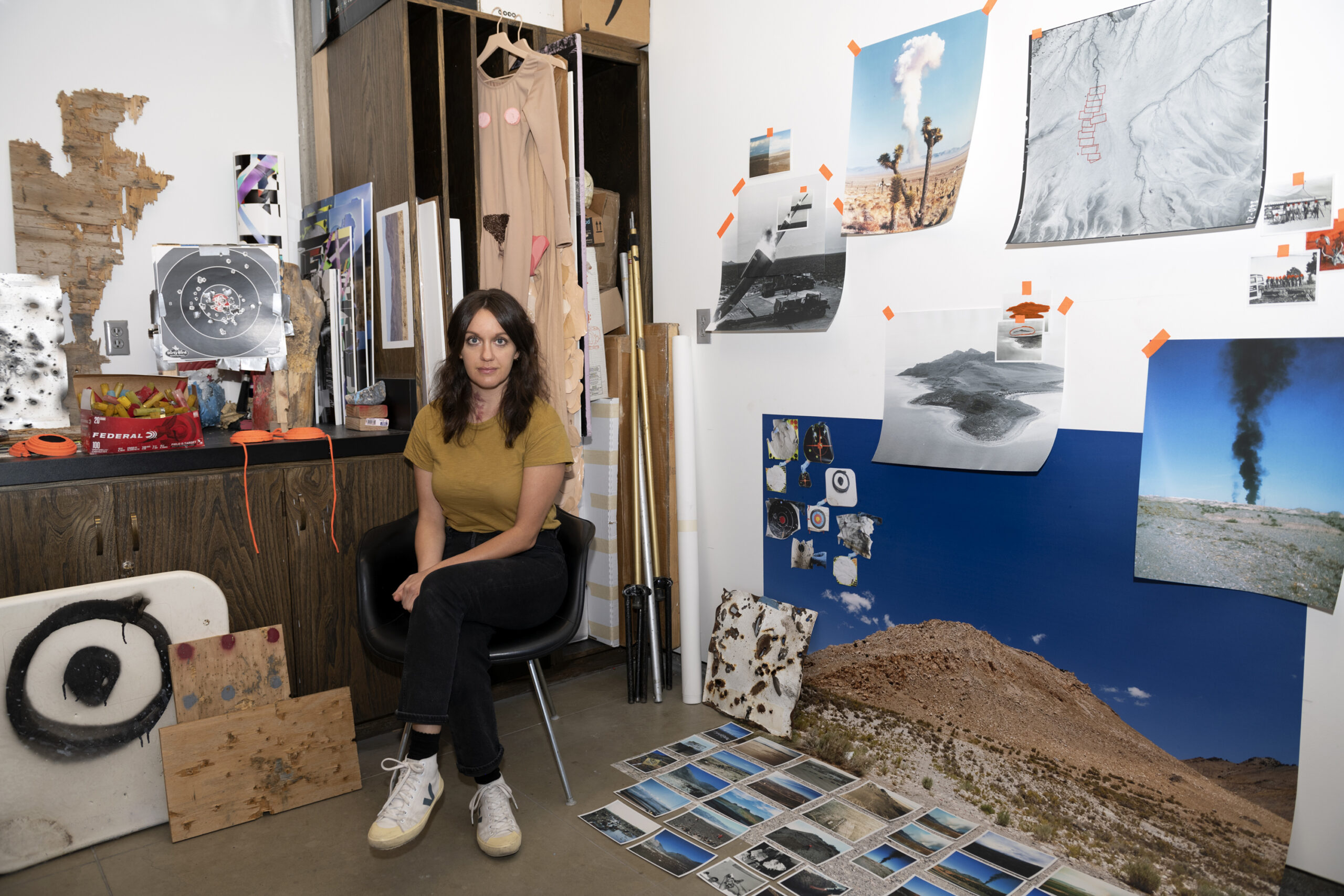The University of Utah has a rich research history. Thanks to its students, faculty, staff and shareholders, research at the U will only continue to grow, bringing innovations and discoveries to our society.
With this in mind, the Office of the Vice President for Research (VPR) and Office of Sponsored Projects (OSP) are showcasing different researchers to spotlight our university’s studies and potential breakthroughs. Here are some of the U’s Research Groundbreakers.
 Dr. Jorie M. Butler — AHRQ grant for An Age-Friendly Learning Healthcare System: A Transformative Digital Solution for Geriatrics Clinics
Dr. Jorie M. Butler — AHRQ grant for An Age-Friendly Learning Healthcare System: A Transformative Digital Solution for Geriatrics Clinics
Dr. Jorie M. Butler is an Associate Professor in the Department of Biomedical Informatics and Department of Internal Medicine Geriatrics Division. Recently, Butler was awarded an Agency for Healthcare Research and Quality (AHRQ) grant for An Age-Friendly Learning Healthcare System: A Transformative Digital Solution for Geriatrics Clinics. The funding is an R21/33 mechanism with 2 years of funding for innovation development and 3 years for implementation awarded to Butler and Dr. Ken Kawamoto (co-PI). The study team includes geriatrician scientists and clinical leaders Drs. Mark Supiano and Timothy Farrell. The team also includes additional faculty in Division of Geriatrics (Megan Puckett), Division of Epidemiology (Yue Zhang), Department of Biomedical Informatics, and Department of Population Health Sciences (Schlechter) In this project, the team will develop and test innovative health information technology (IT) tools that support an outpatient geriatrics care Age-Friendly Learning Healthcare System with a point of care clinical decision support system that leverages patient generated health data (PGHD) and electronic health record (EHR) data reports that support Age-Friendly Health System care.
The interoperable tools will be adaptable to additional healthcare systems using any EHR system and will incorporate data directly from patient reports using a patient generated data mobile application developed by the team in prior work and EHR data to support clinicians and patients in shared decisions about age-friendly care. This work will support the evidence base for Age-Friendly Health System care and support implementation of age-friendly approaches in geriatrics outpatient clinics. Additional collaborators include consultants from Vanderbilt University and University of California, San Francisco.
“Design and implementation of informatics solutions that support patient-centered care for older adults is an important part of my work,” said Butler. “I’m delighted to work with this fantastic interdisciplinary team to advance the science and implementation of the Age-Friendly Health System and enhance our capacity for learning from our patients and from our data at the point of care.”
 Dr. Manish Parashar — 2024 CRA Distinguished Service Award
Dr. Manish Parashar — 2024 CRA Distinguished Service Award
Dr. Manish Parashar was recently awarded the 2024 Distinguished Service Award by the Computing Research Association (CRA) in recognition of his multi-faceted and highly impactful service to the computing research community.
Parashar is the Director of the Scientific Computing and Imaging (SCI) Institute, Chair in Computational Science and Engineering, and Presidential Professor in the School of Computing at the University of Utah. He recently completed an Intergovernmental Personnel Act (IPA) assignment as the Office Director of the National Science Foundation (NSF) Office of Advanced Cyberinfrastructure. The CRA Distinguished Service Award, now in its 36th year, recognizes service in the areas of government affairs, professional societies, publications or conferences, and leadership that has a major impact on computing research.
“Manish has brought extraordinary advances to computing research, both through his work in academia and in his highly impactful service to NSF,” said Tracy Camp, CRA Executive Director and CEO. “His long list of career achievements exemplifies what the CRA Distinguished Service Award is all about, and I’m thrilled that we can present him with this honor.”
One of the world’s top scientific and technical leaders in computational and data-enabled science and engineering, Parashar’s accomplishments, particularly in the field of cyberinfrastructure, have brought about global benefits to computing research and to society as a whole.
“I am extremely honored to receive this recognition from the Computing Research Association,” said Parashar. “It’s humbling to be singled out by CRA for this award, which, over the years, has recognized the contributions of so many leaders in our community. Over the years, I have been privileged to have had the opportunity to actively engage with an amazing group of colleagues and collaborations, at the National Science Foundation, the Office of Science and Technology Policy at the White House, and most recently at the University of Utah. I deeply appreciate this recognition and share this recognition with each one of these individuals. As we embrace the disruptive power of AI and other technologies, I look forward to continuing my journey towards the democratization of cyberinfrastructure and science.”
Details of the award can be found here.
 Jaclyn Wright — International exhibition opening at Foam Fotografiemuseum Amsterdam and book release of High Visibility (Blaze Orange)
Jaclyn Wright — International exhibition opening at Foam Fotografiemuseum Amsterdam and book release of High Visibility (Blaze Orange)
Jaclyn Wright is an Assistant Professor of Photography in the Department of Art & Art History at the University of Utah. In September 2023, she released her monograph, High Visibility (Blaze Orange), published by GOST Books (London, UK). Wright was selected as one of twenty artists for the Foam Talent 2024-25. This year’s exhibition features a remarkably diverse pool of talent from 106 countries. The 2,480 submissions, which include 4,960 projects and 47,054 images, showcase a broad spectrum of artistic focus and creative ingenuity.
Work from her series, High Visibility (Blaze Orange), is currently on view in an exhibition at Foam Fotografiemuseum Amsterdam (Amsterdam, NL) and is featured in Foam Magazine #65. Additionally, this research will be exhibited in a solo exhibition at Filter Space (Chicago, IL) in May 2024.
“High Visibility (Blaze Orange) uses debris collected from improvised gun ranges on public lands to create photographic installations that explore the impacts and material traces of late capitalism and settler colonialism on the landscape of the U.S. West,” said Wright. “Through the use of original images, archival photographs and maps, and performances, the work shows the crucial role photography plays in codifying land use. The work explores how these codes manifest themselves in behaviors observed in Utah’s West Desert.”
